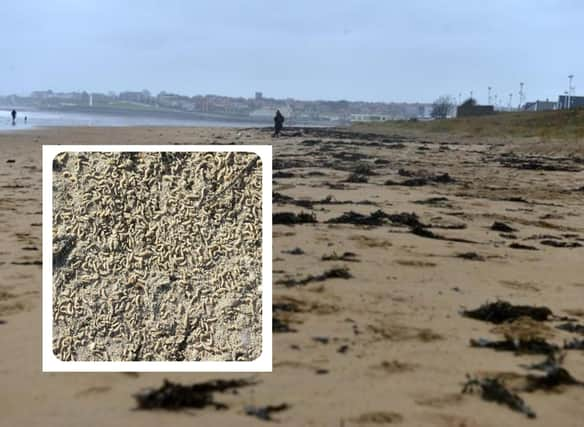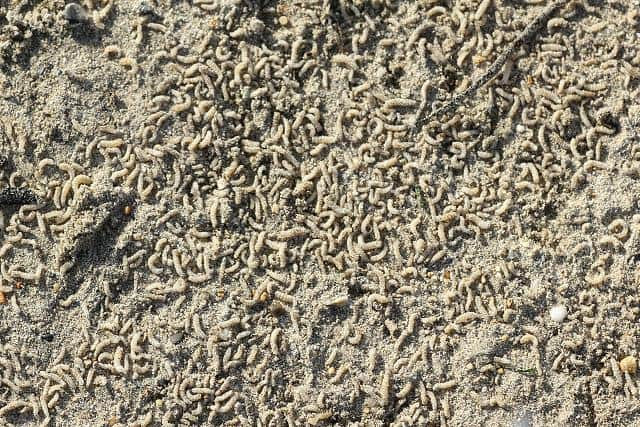Why so many maggots have been seen on beaches in Sunderland and South Tyneside recently


Clusters of hundreds of tiny maggots have been spotted along Whitburn and Seaburn beaches in recent days – and the environmental agency say the “completely natural occurrence” is the result of rotting kelp seaweed.
According to the agency these kelp fly maggots feed on rotting kelp seaweed, lay eggs which hatch into more maggots before becoming flies.
Advertisement
Hide AdAdvertisement
Hide AdThe maggots are not a risk to members of the public and have increased in number due to rough sea weather conditions over recent weeks and months which has left a lot of seaweed washed up on the beach.


Hannah Westoby, from the Environment Agency’s Analysis and Reporting Team, said: “It appears to be a completely natural occurrence.
"Kelp fly maggots feed on rotting kelp seaweed and other material on the shoreline, lay eggs, which hatch and become maggots, before becoming flies, and the cycle repeats.”
Some residents raised questions on social media asking where they had come from after numerous seagulls were seen feeding on the maggots.
Advertisement
Hide AdAdvertisement
Hide AdHannah Westoby added: "The rough sea weather conditions over recent weeks and months has resulted in a lot of seaweed washing up on the beach, which can lead to such mass hatching periods. While it might be unsightly, there is no risk to the public.”
The maggots are found across the northern hemisphere and are most commonly found when stormy seas have washed up sea weed.
